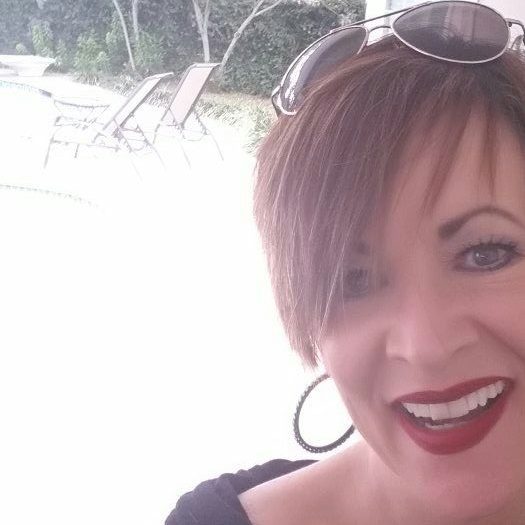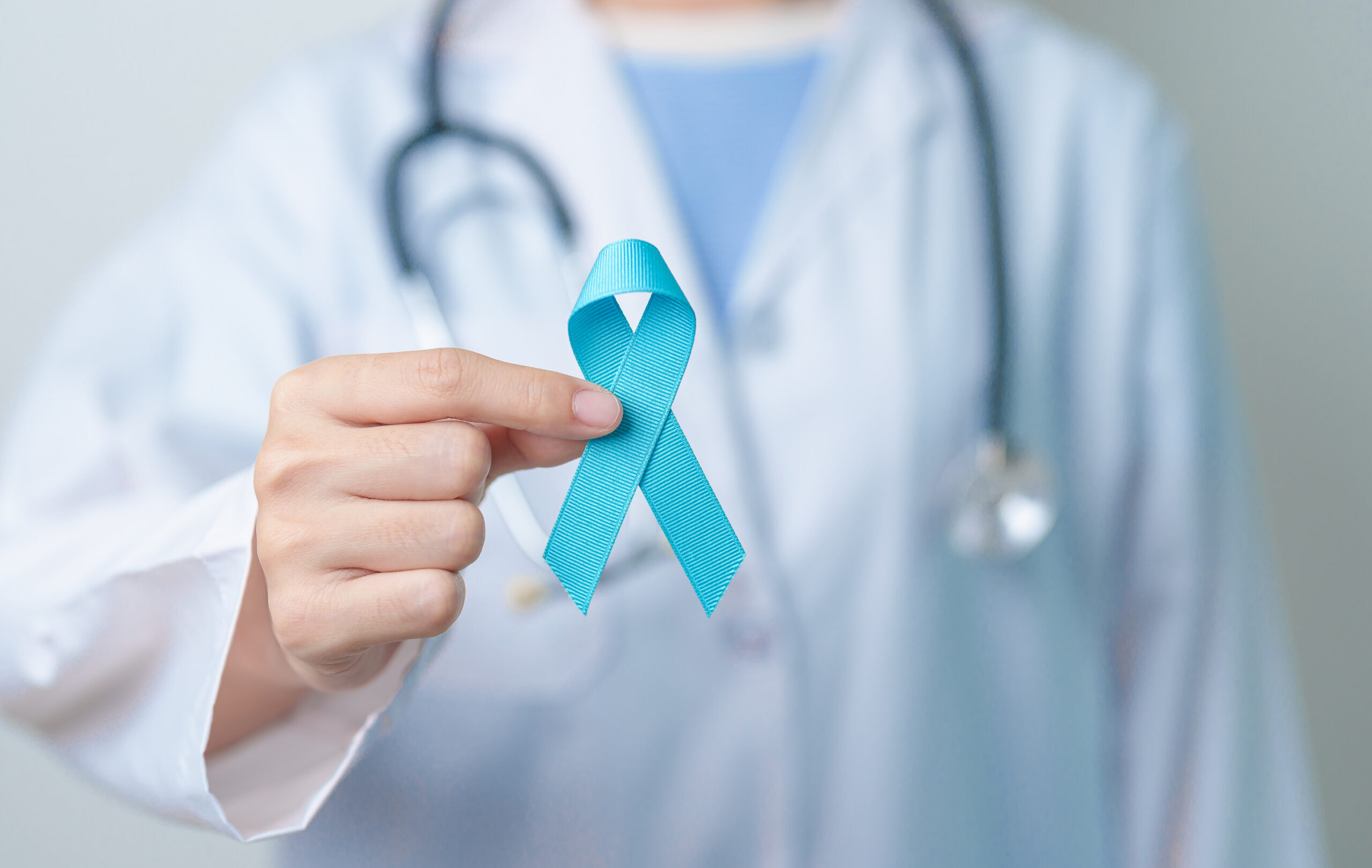When Spending More Doesn’t Mean Better Health Care

The American Healthcare Nightmare: More Money For Less Care
Rising healthcare costs have become an axiom of American life. Every year, it seems as if healthcare premiums and the money being shelled out into the system by average Americans and employers continues to hit new highs. While no one knows if, when, or even how to contain spiraling health care costs, everyone does seem to agree on one thing: paying more money into the system hasn’t resulted in better healthcare overall. This isn’t to imply that the United States is some backwater country that can’t do anything right. We have some of the best, cutting-edge research and treatment facilities in the world. People from all over the globe come to places like M.D. Anderson Cancer Center in Houston to receive world-class, life-saving treatments. We are a very wealthy, very powerful nation. However, when compared to other industrialized countries, our citizens pay more, much more, for the same quality of healthcare services.
America v. World
To truly understand the massive gap between what we as a nation spend on health care and the level and quality of care we get in return (our return on investment), we need to look no further than our friendly neighbors to the north. In Canada, private spending by consumers accounts for less than 30 percent of total healthcare expenditures. In the US, however, private spending accounts for more than 50 percent of all healthcare spending. Perhaps more tellingly, total US spending on health care dwarfs what other developed nations spend on a comparable level of care for their citizens. The US spends 2.5 times more on healthcare as a share of GDP than the average of the 35 high-income economies of the Organization for Economic Co-operation and Development (OECD). We spend 50 percent more than France and Germany, and nearly twice as much as Japan despite their rapidly aging respective populations.
What about the public sector? Despite placing an enormous portion of the financial burden on private spenders, public spending per capita still outstrips all other OECD nations except Norway and the Netherlands. Yet the US remains the only OECD nation that does not guarantee healthcare to all of its citizens and covered only a third of residents under such programs as Medicare and Medicaid. In comparison, the public system in the United Kingdom includes all of its residents while spending a third less per capita.
One of the strongest factors driving healthcare spending is quite simply: high pricing. Hospital care accounted for about one-third of the $3.2 Trillion dollars Americans spent in 2015. Unfortunately, US hospitals don’t deliver more or necessarily higher quality services than their OECD counterparts; they simply charge more for them - much more. In the US, hospital service typically cost 85 percent more than the OEDC average. A hospital stay in the US will cost on average $18,000. Across the OECD, that number looks more like $6,000. Diagnostic imaging services, such as MRIs, can cost a couple thousand dollars in the US. In France, the same MRI would only cost a couple hundred USD.
What Does 3.2 Trillion Dollars Get You? Not Much More.
We spend over 17 percent of our GDP solely on healthcare. In 2015 alone, health care spending rose 5.8 percent from the previous year to $3.2 trillion, or about $10,000 per person.
What does all that money get you? According to the Institute of Medicine, that almost incomprehensible amount of spending gets you a nation full of individuals with “shorter lives, poorer health.” Indeed, the average American life expectancy is over a year shorter than that of their OECD counterparts. We rank 70th out of 132 nations regarding overall health and wellness, dead last out of seven industrialized countries studied by the Commonwealth Fund, and last again amongst sixteen of our industrialized peers for preventable deaths.
A Silver Lining Despite Ridiculous Costs for Basic Healthcare
The United States isn’t doing everything wrong. For those who can afford comprehensive health insurance, wait times are amongst the lowest amongst OECD nations. The United States is also the leader when it comes to cutting edge drugs. treatment and medical technologies, as well as developing, trialing, and releasing far more new drugs than any other country. Our top-tier institutions routinely rate amongst the best in the world regarding both quality of services and research innovation. As a result, survival rates for many deadly diseases such as cancer are amongst the best.
But, when it comes to providing basic health care at an affordable price, which makes up the bulk of what most Americans want, there is certainly much room for improvement.
The Green Imaging Difference
At Green Imaging, we’ve decided not to play by industry rules. With Green Imaging you can save between 50 to 80% of your out-of-pocket costs for MRI, CT, ultrasounds, and other high-quality imaging services. Affordable MRIs start for as little as $250, compared with $1,600 at other imaging facilities in the Houston area.
Don’t pay secret rates for an MRI. Go Green Imaging instead!













